

Jim Korkis has followed his books “The Vault of Walt: Unofficial, Unauthorized, Uncensored Disney Stories Never Told” (2010, Ayefour Publishing, out of print) and “The Revised Vault of Walt” (2012, Theme Park Press) with “The Vault of Walt: Volume 2: MORE Unofficial, Unauthorized, Uncensored Disney Stories Never Told” (2013, Theme Park Press. Readers may be familiar with Korkis’ work through his frequent contributions to the AllEars Newsletter and blogs, and if you like his unique combination of history and storytelling, you will love Volume 2.
Korkis grew up in Glendale, California, and Mrs. Margaret Disney, the wife of Walt Disney’s older brother, Herbert, was his first grade teacher. When he learned of her connection to Walt Disney, Korkis drew a picture of Jiminy Cricket to give to her. “I proudly gave the drawing to Mrs. Disney in the hope she would rush to the Disney Studios where, without a doubt, I would be instantly offered a job so that I wouldn’t have to learn any multiplication tables (which I still do not know to this day).”
Well, he didn’t get a job with the Disney Company until 1995, but that did not stop young Korkis from setting out immediately on a path to his future. He recounts that at the age of twelve he wrote down the names rolling through the credits of the weekly Disney television program then went through the phone book and made some calls. Many of the people he reached were kind enough to speak with him about his Disney passion, and luckily for us, he either took notes or recorded the conversations. Those conversations, others he has had with Disney personalities throughout the years, and facts dug up through extensive research, make up much of the content of the book, and provide the basis for the engaging stories that are told there.
Korkis sets out to preserve unwritten and potentially forgotten Disney stories before they disappear forever. He does so in a bright and engaging manner, capturing the reader with vividly drawn tableaux. The book is organized as a series of stand-alone tales, so they can be read independently from each other. They are grouped by theme: Walt Disney stories; Disney film stories; Disney Park stories; and other Disney stories. While there are some facts that are repeated in several stories, it is not necessary to read them in the order in which they are presented. A reader could easily sit down and plow through the entire book in one sitting (it is that entertaining!), or could choose to “dip” in for only one or two chapters. The tone is easy and conversational, while still conveying a LOT of facts. You almost feel that you are sitting in a cozy chair and having the conversations yourself.
Korkis has included a handy index, so fans of particular personages, films or parks can find their interests quickly and easily. The selected bibliography provides additional resources for those who want to dig into a particular subject more deeply.
Here are a few tidbits from the book that I found quite interesting:
Walt Disney Stories
Korkis makes many connections between experiences Walt had early in his life had significant impact on the work that many of us are now very familiar with. In the chapter about Walt’s early childhood and teenage years in Chicago, Korkis recounts that the stories about working in the construction of the 1893 Chicago World’s Fair that Walt’s father Elias told him, obviously had an impact: “It was a place where an entire family could go to have fun together, and it was educational and entertaining. Obviously, those concepts greatly influenced Walt’s thinking about a future entertainment venue, in particular, EPCOT.” It is clear that Elias’ experiences with the 1893 World’s Fair led Walt to his own involvement in the 1964 New York World’s fair, with several of the attractions developed for that fair still in use in Disney Parks today.
Disney Film Stories
I took great pleasure in the fact that the subjects of section of the book on Disney films stories were not necessarily the most famous of Disney productions. The chapters brought back many memories of watching such films as Blackbeard’s Ghost and Toby Tyler in serialized form on the version of the weekly Disney television program that I watched as a kid (The Wonderful World of Disney).
“Blackbeard’s Ghost” is not a bad film, but it is not a memorable one, either.” Korkis tells the story of the making of this less well-known film, which happens to be the last live action film that Walt had direct input into before he died. I happen to like this film very much (see my comment above about The Wonderful World of Disney). I laughed out loud (with apologies to the nice lady sitting next to me on the airplane!) as I read the intriguing vignettes about the many difficulties with the special effects used in the film (fly wires that drew blood!), and stories about the talented (but slightly difficult) cast (including Peter Ustinov, Suzanne Pleshette and Dean Jones).
In the chapter on the making of the 1958 film, The Shaggy Dog, Korkis writes about the long and strange arc of getting to the point of actually making the film, from Walt’s purchase of the rights to the book The Hound of Florence, on which the film is loosely based to multiple rewrites of the screenplay, to Walt’s curious decision to make the film in black and white rather than in color (possibly to save on production costs). Writer Bill Walsh said of the project: “We get stories in a strange way here. We don’t literally get stories as stories. We get springboards or ideas and we develop the story around that. Like for The Shaggy Dog, which was based on a book by a guy named Felix Salten [also the author of Bambi, a Life in the Woods, on which the Disney film was based]. Kind of a nutty little thin book called The Hound of Florence. That was always on the shelf here, and nobody knew what to do with it, because it was kind of nutty. It was kind of a strange little book. It was completely impossible to read.”
Just in time for the upcoming release of the movie, Saving Mr. Banks, readers will enjoy the chapter devoted to the negotiations between Walt and P.L. Travers to bring her Mary Poppins stories to the big screen. They began in 1938, when Disney first enquired about getting the rights to Travers’ books, and continued until the film was finally made in 1964. The chapter recounts the many years of back and forth, as Walt and Travers parried back and forth about control over the content of the film. What comes through is that both were stubborn. In 1944, Walt asked his brother, Roy to fly out to New York to begin discussions with Travers on the availability of her book, and to “learn more about her personality.” “Upon his return, Roy reported that Travers was cagey, a strong-willed ‘Amelia Earhart type — someone who seemed pleasant and soft on the surface, but was really tough as nails.” While the negotiations dragged on, with Travers arguing that Walt’s proposed story for the film was not true to the character in her books, Walt was so sure that the final project would move ahead that he had the Sherman brothers begin writing songs for the film. In the meantime, Travers prepared her own proposed version, which included material that Walt was not at all interested in including, and specifically did NOT include material that he wanted in. They also clashed over the choice of the actors to play Bert and Mary. It seems that the prospect of becoming enriched by the film finally got Travers to back down, and it was made according to Walt’s vision. She maintained until her death in 1996, however that she was not happy with the outcome of the film: “How much better a film it would have been had it carefully stayed with the true version of Mary Poppins.” When she complained to her lawyer, Arnold Goodman, that she had been “tricked” by Disney, and that her stories had been mutilated, he reminded her: “You should repeat three times nightly — before and after prayer . . .’But for Mr. Goodman, I would never have sold Mary Poppins to Walt Disney and would now not be rich.”
Disney Park Stories
In his stories about the Disney Parks, and some of their most famous attractions, Korkis points out the effort and attention to detail that Walt and the Imagineers went to in creating them. In the chapter, “The Story of Storybook Land” — the attraction that is now Disneyland’s Storybook Land Canal Boats — Korkis recounts: “Walt demanded great attention to detail, from the tiny stained glass windows to the small toys behind the frosted glass of Geppetto’s toy shop to the cobblestone streets paved with individually placed pebbles. One contractor, frustrated at being unable to cut some corners, and concerned about all of the labor and expense . . . asked him [Walt], ‘Who’ll know the difference?’ Walt sternly replied, ‘I’ll know the difference.'”
Did you know that Disneyland’s Sleeping Beauty Castle was not always referred to as Sleeping Beauty Castle? According to Korkis, in early written materials the castle was variously referred to as “The Medieval Castle,” “Fantasyland Castle,” and even “Robin Hood’s Castle.” Walt even referred to it as “Snow White’s Castle” on an early episode of his ABC television show (this answers my daughter’s heartfelt question to Snow White during a visit to Disney World when she was much younger: “Poor Snow White. Why don’t YOU have a castle?”). Disneyland’s castle was basically an empty shell for its first years, with the walk-through attraction not being added until several years before the release of the film, Sleeping Beauty, in 1959. Korkis narrates an amusing story about when Walt took Imagineer Ken Anderson for a tour of the empty structure, telling him that he wanted to install an attraction inside that would promote the film. It seems that while there wasn’t much in there, it WAS occupied — by about a hundred feral cats. Needless to say, the cats needed to be removed before the installation of the exhibits began: “Walt arranged for the bathing, grooming and eventual relocation of the ‘castle cats’ and found them new families despite the recommendations of some of his staff to find a more speedy and permanent solution.”
After reading the book, I wondered about the fine line between Disney stories and Disney legend. Korkis devotes an entire chapter to “a cute Disney story that never was,” and notes that Walt Disney himself, was sometimes the source of “less than factual” information. This is a book of stories, and stories come from people; people who are not always reliable narrators. The nature of stories is that they are passed from person to person, and change in subtle and not-so-subtle ways as they metamorphosize into legends. In the chapter “Flying High with Walt,” Korkis recounts the following: “According to Mark Malone, son of the pilot Chuck Malone, his father told him that during that fabled flight over Florida [to finalize the location for Walt Disney World], Walt spotted El Morro fortress while flying over San Juan, Puerto Rico, and remarked that it would be the perfect look for his new Pirates of the Caribbean attraction at Disneyland.” I may be a long way from 7th grade geography, but I don’t remember Puerto Rico being very close to Florida. I wonder if this is a story that has now become a legend; a legend that Jim Korkis has worked to preserve for posterity. Cheers!
EDITOR’S NOTE: Order Jim Korkis’ latest book on Amazon, via AllEars.Net’s special link:
http://astore.amazon.com/debsunoffiwaltdi/detail/0984341579
ABOUT THE REVIEWER:
Alice McNutt Miller is a lifelong Disney fan whose fondest childhood memories include “The Wonderful World of Disney” on Sunday nights and her first trip to Disneyland when she was ten years old. Alice and her family are Disney Vacation Club members, and have now visited every one of the Disney parks throughout the world. They live in Vienna, Virginia.

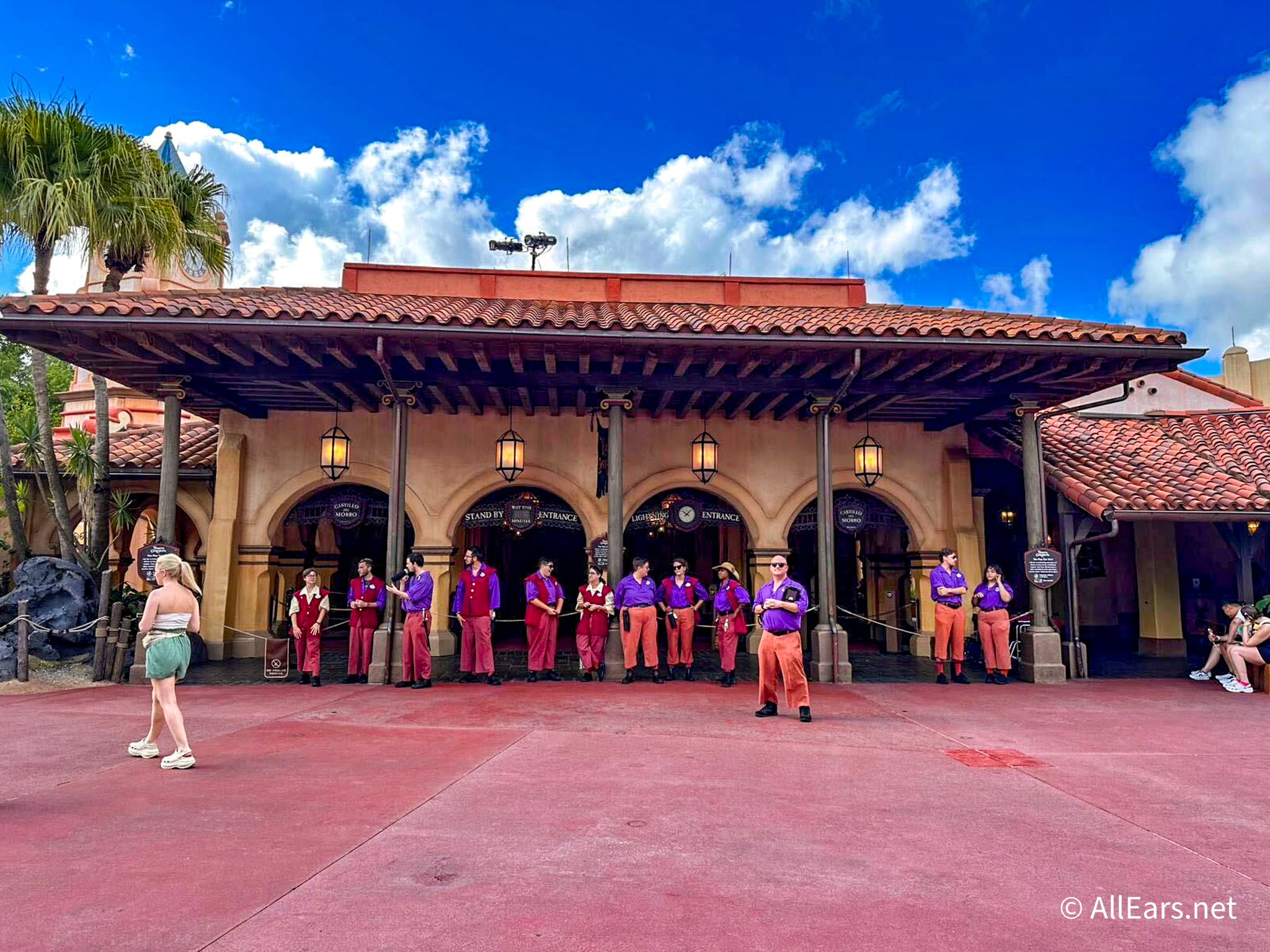

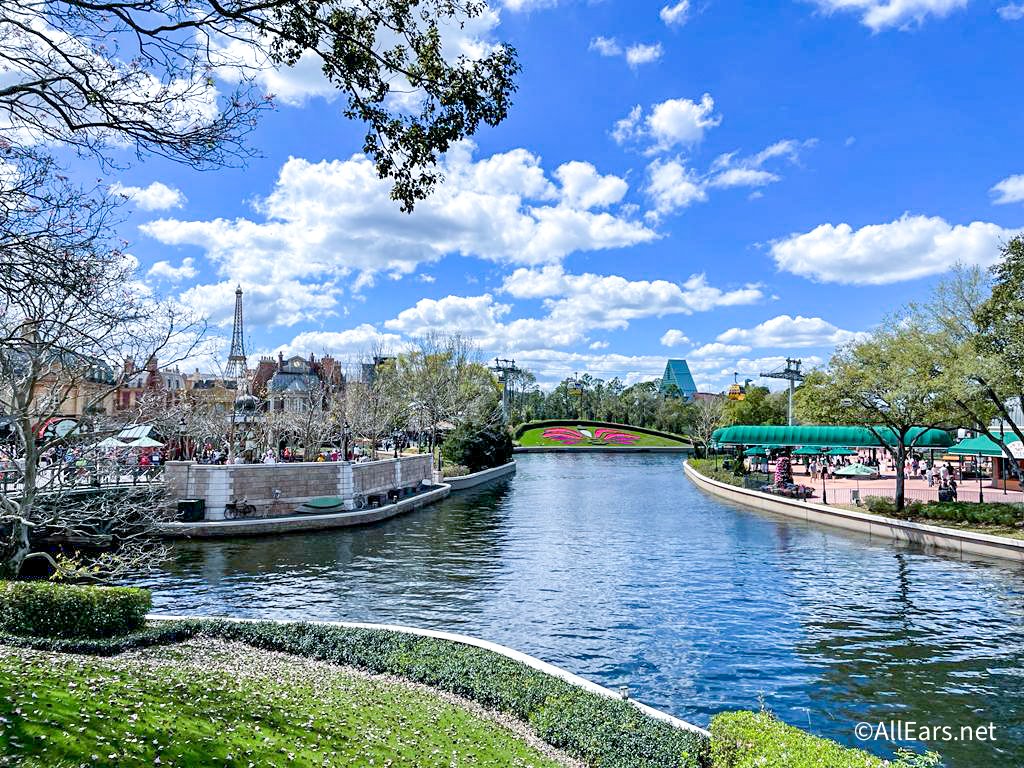
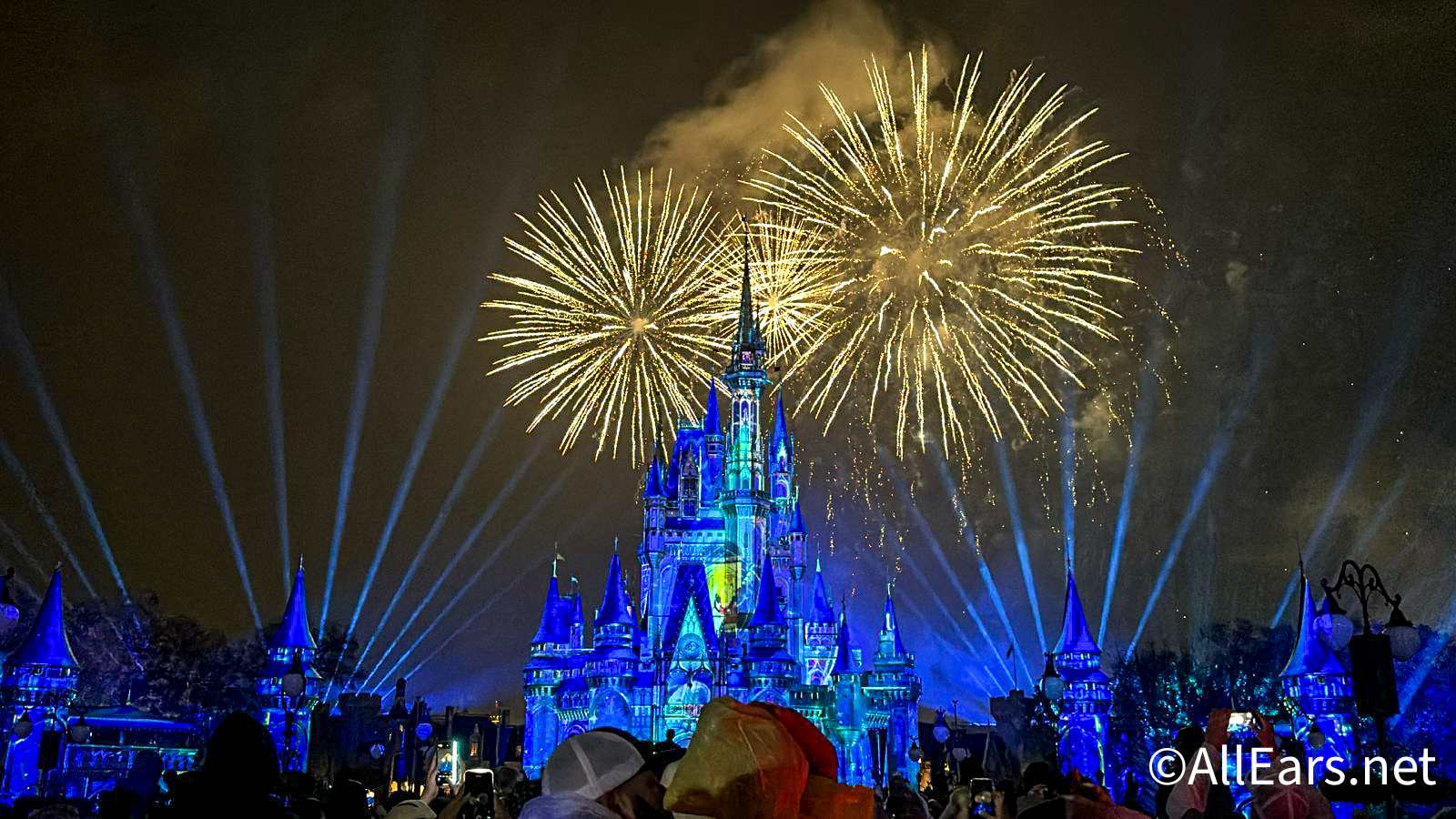

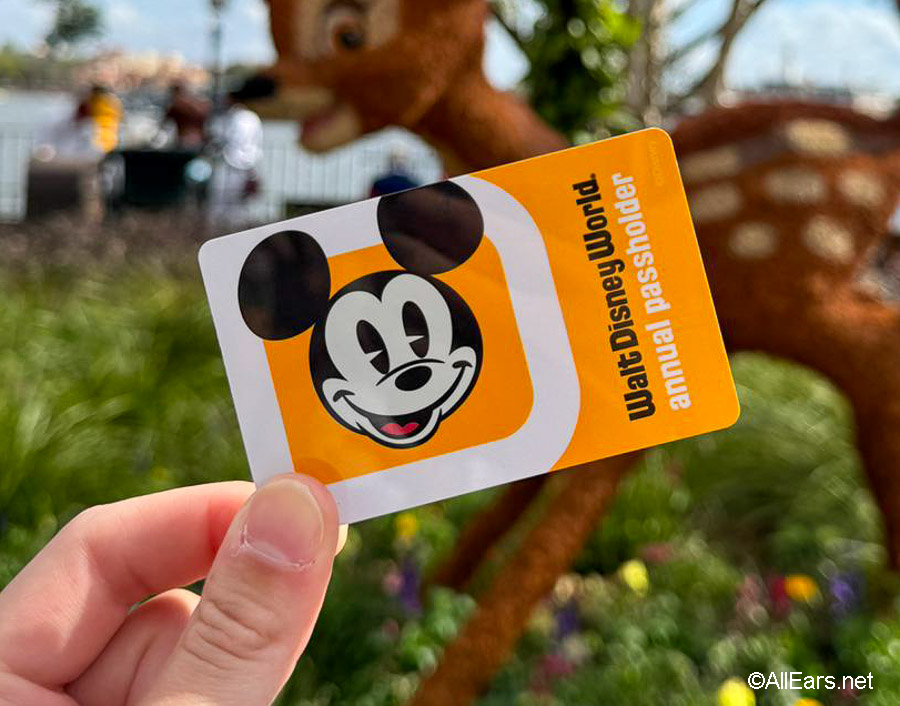


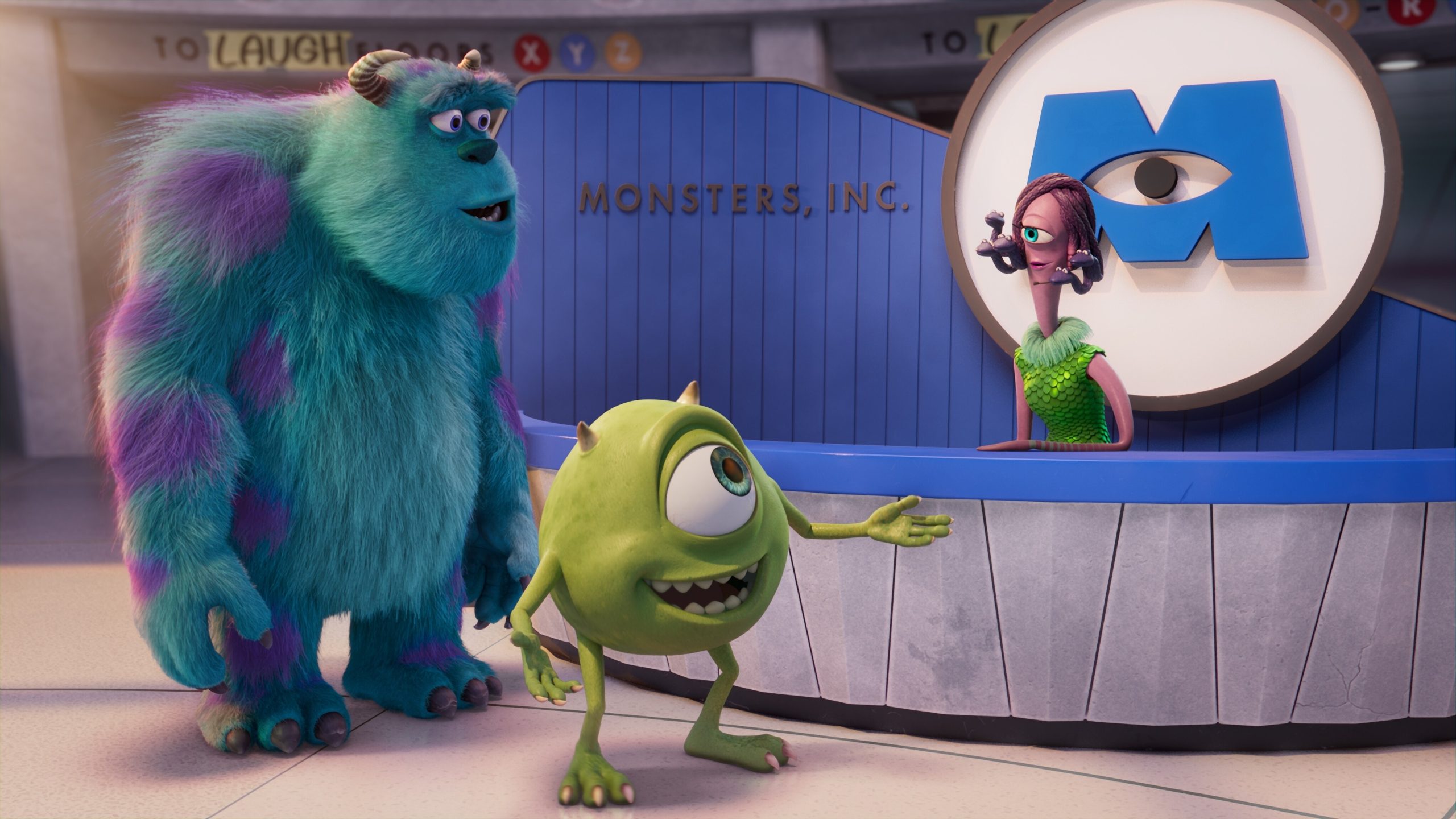




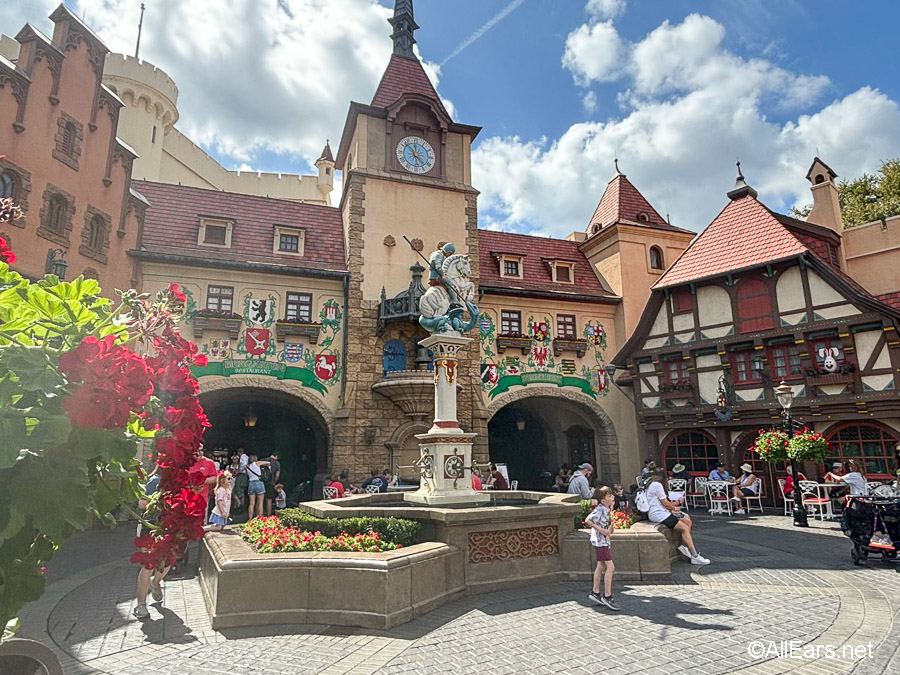

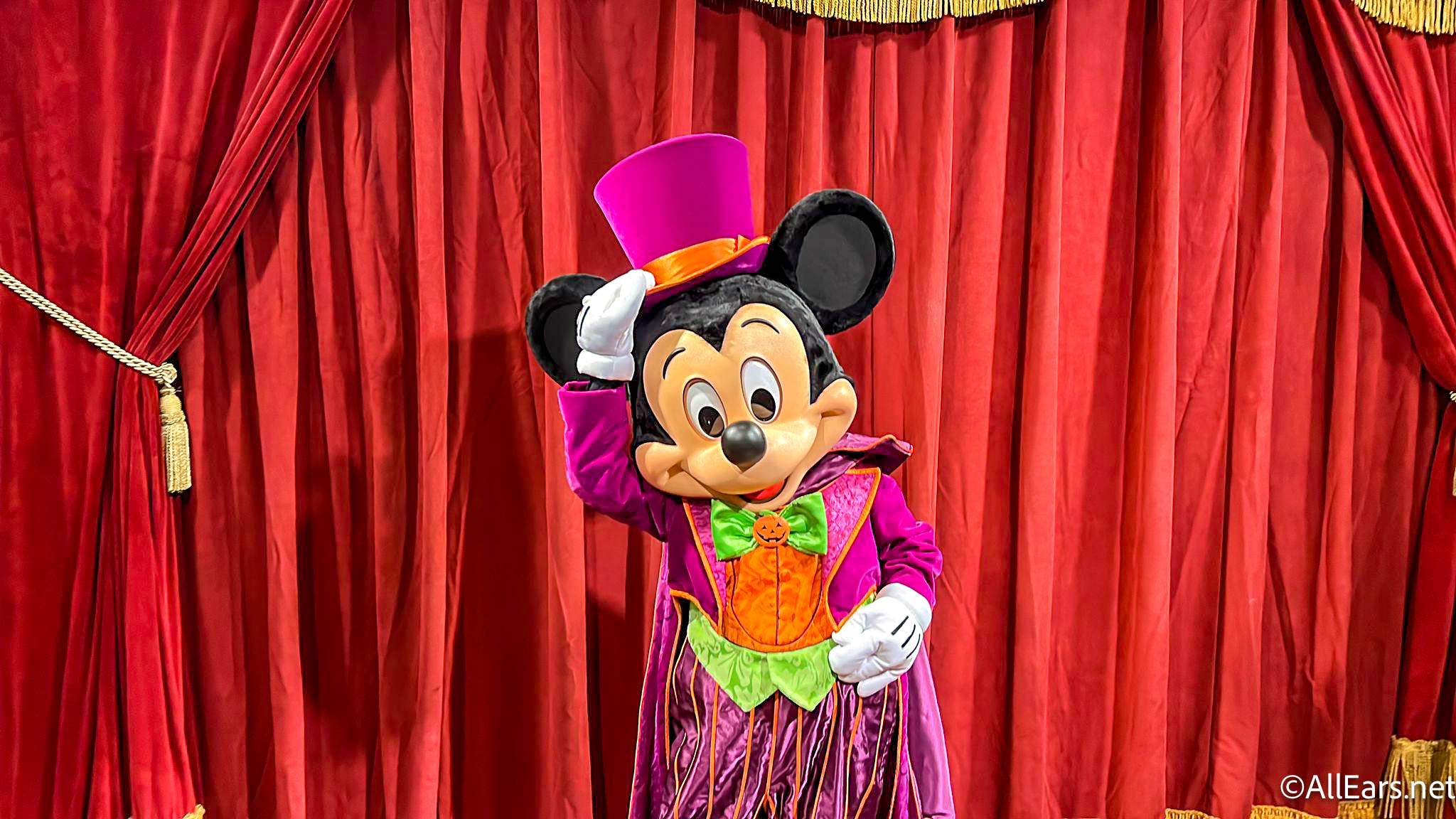
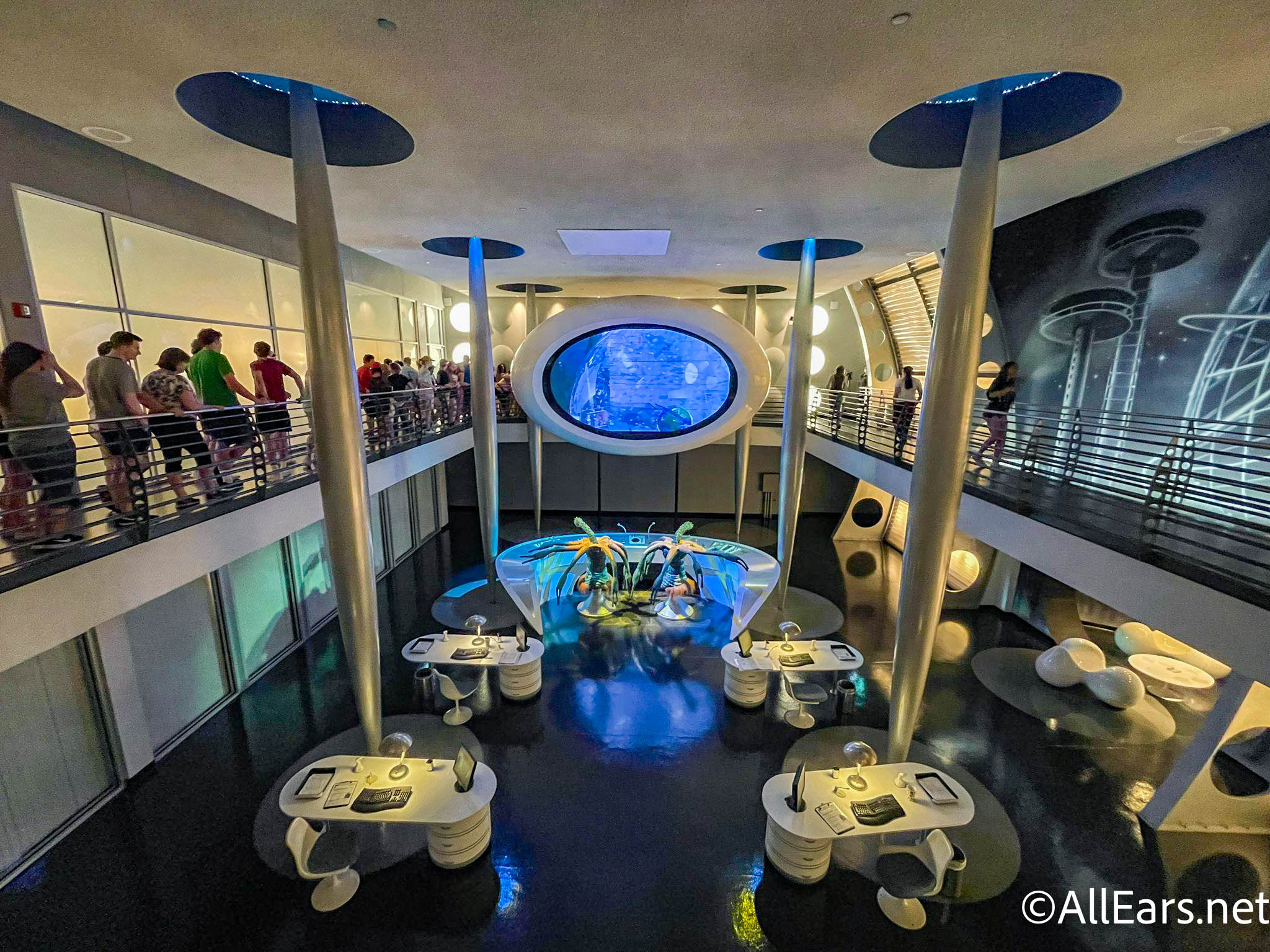


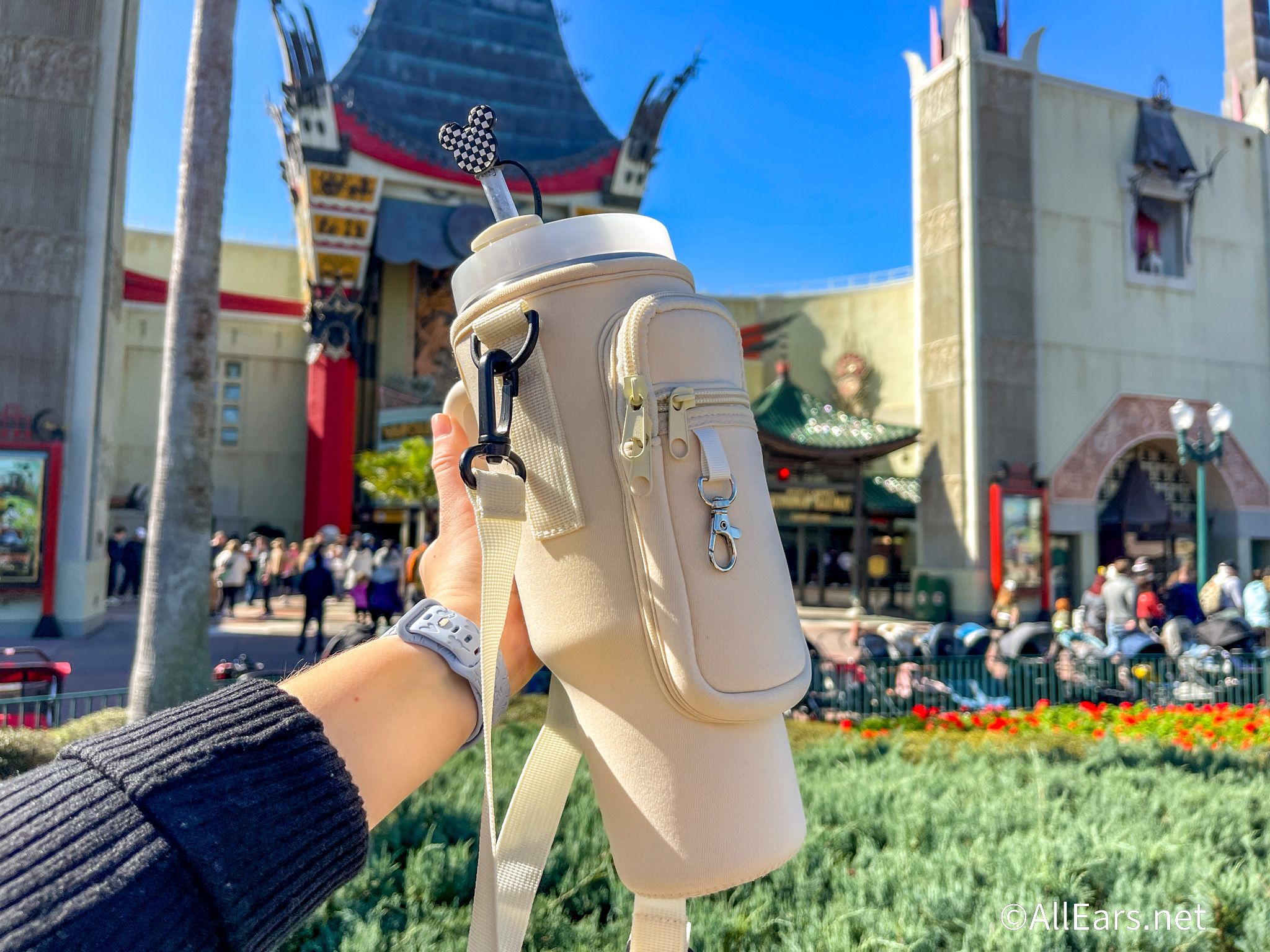

Jim, thanks so much for YOUR kind words! I loved the book, and now plan to read your others. Thanks for helping to keep Walt’s magic alive! Best, Alice
Alice, thank you for your kind and generous words. This is one of my favorite reviews of any of my books because you were so specific with examples that any potential reader would know exactly what to expect. I also love the review because you reviewed what was there in the book. I hate to say that some other reviewers often review a book by pointing out how they would have written the book or what they would have included or excluded and so the book falls short because it wasn’t done that way. I hope that many other Disney authors will be fortunate enough to be reviewed by you. I know those reviews would help me be able to decide to consider purchasing their books. This is a wonderful example of the impartial, positive and accurate approach to information that Deb has established at the entire site. Thank you again for your review. I very much appreciated it. Jim Korkis